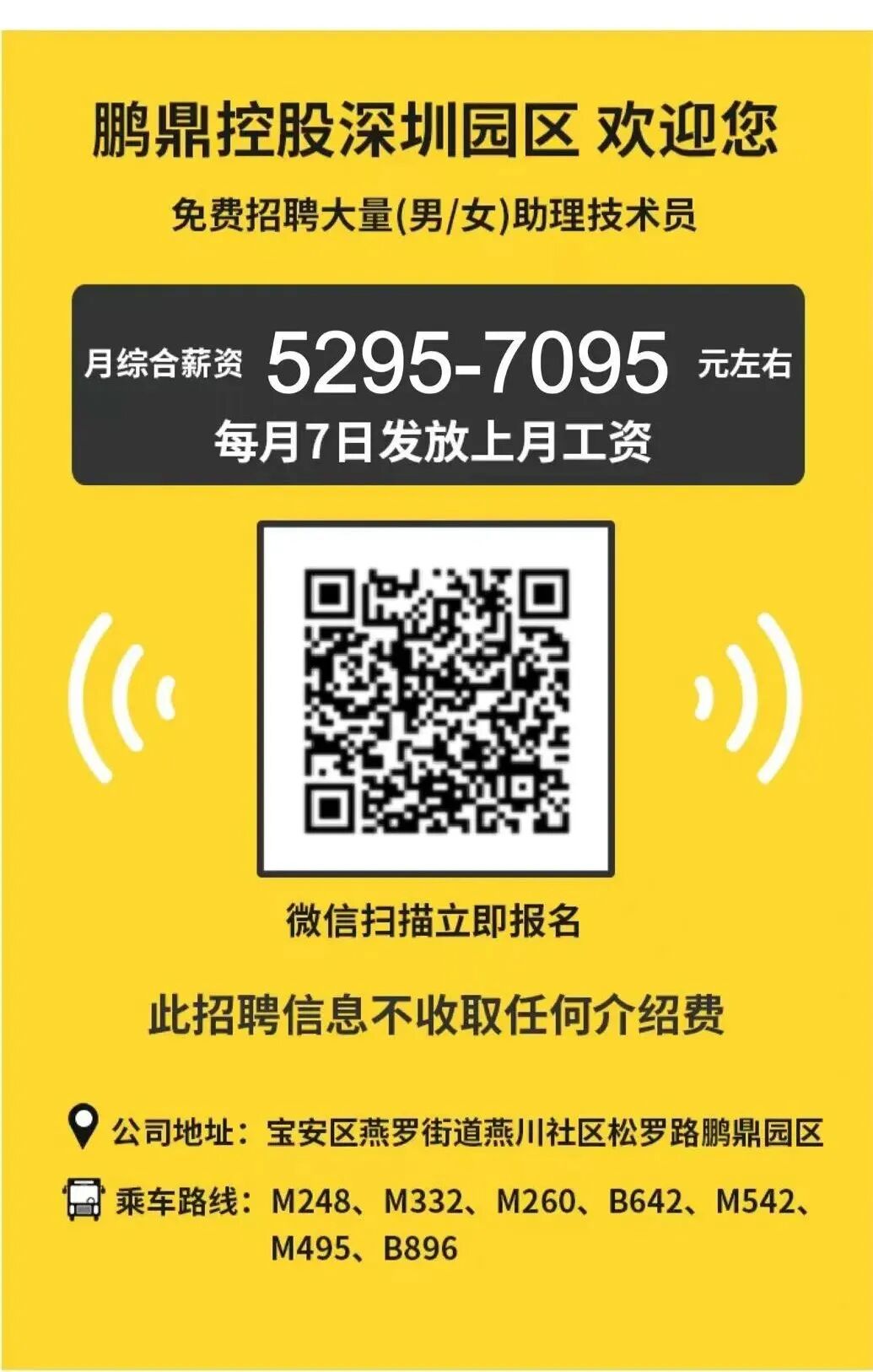Rigid-Flexible PCB (刚性-柔性印刷电路板): A printed circuit board that combines rigid and flexible circuit board areas.
Conductive Layer (导电层): A layer within the circuit board that contains conductive materials (such as copper) used to form circuit traces and ground planes.
Insulating Layer (绝缘层): A layer set between conductive layers that provides electrical insulation.
Conductive Strip (导电条): A strip-like conductive area formed on the conductive layer, which can serve as signal lines, ground lines, or power lines.
Signal Line (信号线): Conductive traces used for transmitting electrical signals.
Ground Line (接地线): A conductive trace or area connected to the circuit ground point, providing a return path or shielding.
Ground Plane (接地平面): A larger conductive area connected to ground, providing a low-impedance grounding path.
Conductive Via (导电通孔): Holes that pass through different layers of the circuit board and are filled with conductive material, used to connect conductive areas across layers.
Air Gap (空气隙): Air spaces left between insulating layers that affect the electrical performance of the circuit board.
Radio Frequency (RF) Signal (射频信号): Electromagnetic wave signals used for wireless communication.
Impedance (阻抗): The resistance of a circuit to alternating current, affecting the efficiency and integrity of signal transmission.
Return Loss (回波损耗): Indicates the degree of signal reflection on a transmission line, measuring the performance of impedance matching.
Microstrip (微带): A type of transmission line consisting of a signal line printed on a dielectric substrate and a ground plane below.
Coplanar Waveguide (CPW) (共面波导): A type of transmission line consisting of a center signal line printed on a dielectric substrate with ground lines on both sides.
Wavelength (波长): The minimum distance over which a wave’s shape repeats in space, related to the signal frequency.
Prepreg (预浸料): Sheets of resin-impregnated material and reinforcement (such as fiberglass) used in the manufacture of multilayer circuit boards.
Coverlay (覆盖层): An insulating layer used to protect circuit traces on flexible circuit boards.
Polyimide (PI) (聚酰亚胺): A high-performance polymer commonly used for insulating layers in flexible circuit boards, known for its good heat resistance.
Polypropylene Glycol (PPG) (聚丙二醇): A polymer that may be used as an insulating material for circuit boards.
mmWave Communication (毫米波通信): Technology for wireless communication using millimeter wave frequency bands (e.g., 6GHz to 300GHz).
Antenna Array (天线阵列): A system composed of multiple antennas used to control the directionality of signals and form beams.
The electronic devices described by Pengding primarily include a rigid-flexible printed circuit board (PCB) structure that combines rigid and flexible circuit boards. This structure allows for the integration of different functional and physical characteristics on the same circuit board.
In Pengding’s description, the “Region 1” and “Region 3” typically refer to the rigid circuit board portions, while “Region 2” refers to the flexible circuit board portion that connects these rigid parts. The flexible area is usually positioned between two rigid regions.
A characteristic of the flexible circuit board area is that, when bent or deformed, its multiple internal layers may stack on top of each other without bonding, leading to some layers potentially bending in reverse, which increases the impedance variation of high-speed signal lines (such as RF signal lines), thereby increasing losses.
Pengding’s proposed solution is to reduce impedance variation and thus lower losses by providing signal and ground areas on both sides and below the signal lines on some conductive layers in the flexible circuit board area. This typically involves the design of CPW or a combination of CPW and microstrip pathways.
The rigid-flexible circuit board described by Pengding provides a stable grounding environment for RF signal lines by offering ground areas (such as CPW structures) on both sides and below the signal lines in the flexible area, as well as setting grounding vias near the boundary of the rigid area close to the flexible area, which helps to minimize impedance variation even when bent.
Ground vias play a role in connecting ground areas on different conductive layers in the circuit board structure described by Pengding, linking the grounding of the flexible circuit board area with the ground plane of the rigid circuit board area, ensuring a stable ground reference for RF signals.
According to Pengding, grounding vias (especially those near the flexible area) should be placed at a distance from the second conductive layer (or fifth conductive layer) in the flexible area, where the distance is less than 1/4 of the RF signal wavelength (λ) (1/4λ).
Pengding describes two main types of signal line layouts: microstrip, consisting of a signal line and a ground plane below; and coplanar waveguide (CPW), consisting of a center signal line and ground lines on both sides.
Pengding mentions that the insulating layer of the flexible circuit board may include a coverlay, where the cover film can be formed from PI resin of the electrical insulating layer, and the coverlay resin may contain materials obtained by adding carbon black to PI and adhesive sheets.
Pengding notes that the operating frequency range of the millimeter-wave communication devices typically falls within 6GHz or above and below 300GHz, with mentioned ranges being 9GHz to 11GHz or 6GHz to 300GHz.
Job seekers can scan the QR code to “self-register”